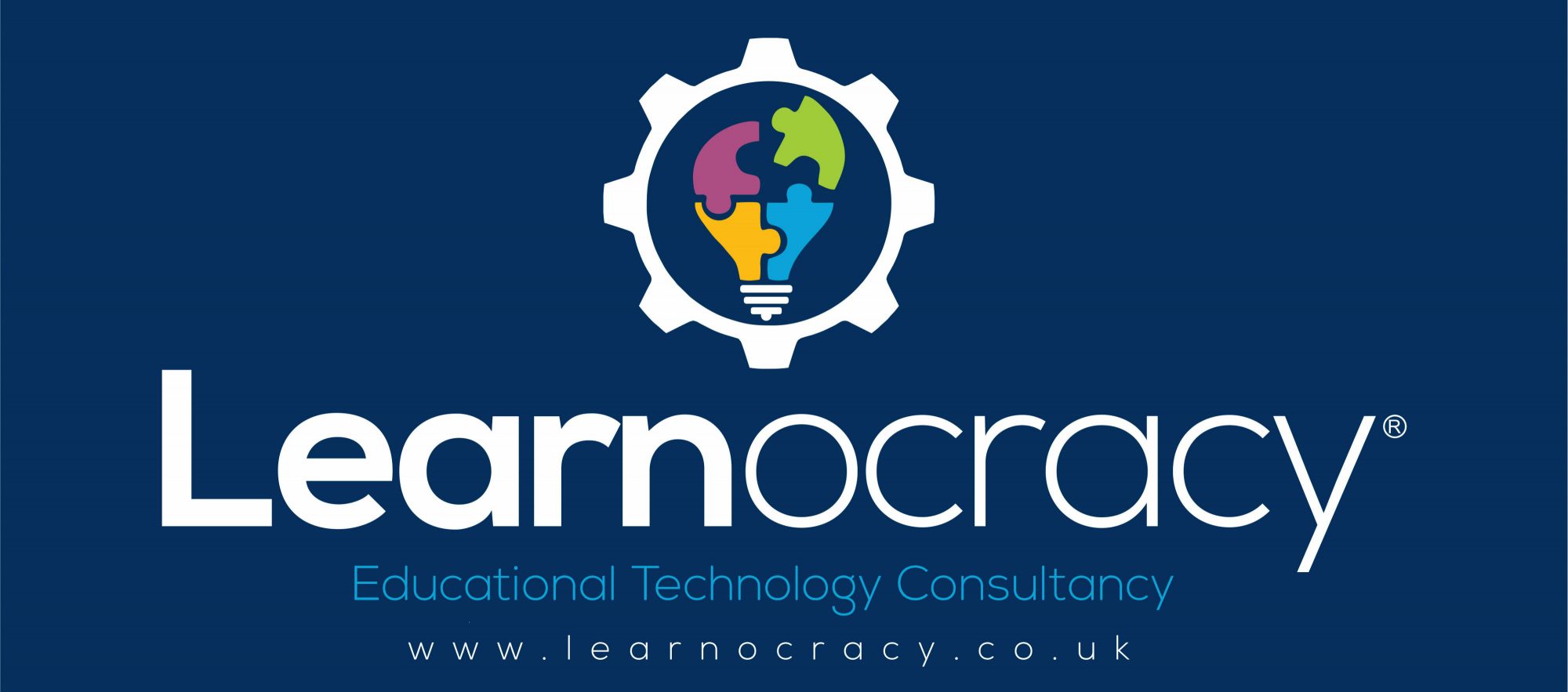I know, I know, this flurry of blogging activity is more than you can keep up with. Don’t worry, it’ll ease off in the New Year. I blame Techmarketview for running their 2012 predictions in five parts. This is the fifth and final part of their series in which John O’Brien does business process services (BPS). You know the routine by now: my edu-speak comments in blue… 1. ‘BPS’ term will become mainstream – The term ‘business process services’ (BPS) will replace the outdated acronym ‘BPO’, very much associated with old era ‘lift and shift’ and delivering ‘your mess for less’. ‘BPS’ in our view, is BPO coming of age, using technology as an enabler, to help drive business process change, and delivering measurable service outcomes back to the customer.
In K12 education, the traditional provider of most business process services has been the Local Authority. The current economic pressure on the public purse combined with acceleration in the number of schools breaking free of the Authority by converting to Academies, means some Local Authorities are losing their advantage of scale. The creation of Free Schools is relevant because, as new schools, they usually have to scale slowly to full capacity and therefore need services to scale with them. It is also a general truth that LAs are often less competitive and agile than they’d have us believe. The consequence for schools is that they’re having to take decisions about how they procure services more efficiently and they’re trying to work out who the successors to Authorities will be. I think we will see a small but perfectly formed proliferation of education-specific BPS providers in 2012 and beyond.
2. Market leaders will cede share – Newer and more agile platform-based BPS players will see their market shares grow. Indian tier ones will continue to gain momentum through new platform innovations, and specialists such as Diligenta and The Innovation Group (TIG) in hot areas such as life and pensions and general insurance will gain further market share. However we expect a fight back by the ‘old guard’ as they embrace M&A in both vertical and platform capability, and flex their muscles on new business and renewals.
The large BPS providers like Capita and Northgate already have a strong foothold in education but their current offerings are products of a previous world that is rapidly slipping away. Their lack of agility may well leave room for other education-specific BPS offerings to proliferate in 2012 and beyond, delivering value into areas such as Management Information Systems, HR, payroll, Learning Support and CPD.
3. ‘Unusual suspects’ will disrupt the market – The construction sector is now looking to partner or acquire support service and BPS capability for ‘bundled’ BPS deals, notably in local government and the broader public sector. Costain and Interserve made moves on Mouchel during 2011, although in the end pulled out after spotting ‘something under the covers’. Nonetheless, there are plenty of other partner or M&A opportunities, so we expect one of these ‘unusual suspects’ to make their first big move in 2012.
In education, the Building Schools for the Future (BSF) programme was instrumental in forcing those Authorities and schools who were involved to look at the lifecycle costs of running schools. Towards the end of the programme, we saw the ‘Facilities Management’ and ICT offerings broadening their scope to include BPS as a way of driving down the overall lifecycle cost of schools. Once again, this is all about scale. The Local Education Partnerships (LEPs) created through the BSF programme were supposed to act as points of aggregation to generate the scale required for more effective procurement of a range of services. The termination of the BSF programme put paid to that ambition. In the ensuing vacuum, there is yet to emerge a clear pattern of aggregation and this will act as a brake on the adoption of BPS.
4. ‘Big will eat small’ – The big players will look to buy up platform-based BPS rivals as they attempt to close the gap. Insurance specialist TIG, and HR and public sector player Northgate will find themselves subject to M&A approaches. Weak players are also likely to be approached, albeit at far lower valuations. Embattled Mouchel for instance, is likely to sell off larger, more attractive chunks of its business in 2012 in an effort to stay afloat.
I refer my esteemed reader to (2). Ever has it been thus that big players look to absorb the small in an effort to stabilise their borders. In the education space, I think the players are still feeling their way and so it will be a while before a clear map for BPS in education emerges. After a generation of labour education policies, the upheaval in the political landscape has brought an equivalent upheaval in education. Nevertheless the ‘more for less’ mantra will drive activity.
5. Perfect storm of disruption – These trends will create a perfect storm of disruption for the UK BPS market in 2012. The risks to large BPS incumbents like Capita, Xchanging and Serco will only increase as a result, making new business wins and retaining client relationships at renewal a far tougher prospect. ‘Staying relevant’ amidst all of this change has to be the number one priority in 2012.
I think I’m in danger of trying to say the same thing in a slightly different way if I give this prediction an education context. Perhaps I’ll just summarise by saying there’s everything to play for. There’s political disruption, economic disruption and, if the 2011 UK riots are anything to go by, social disruption. Against this backdrop, schools are trying to work out how to do the best by their young people. But they’re not business specialists and learning and teaching should be their central focus. Even though the adoption of BPS makes real sense for schools, it will no doubt take both schools and the market some time to work out how to make it work.
